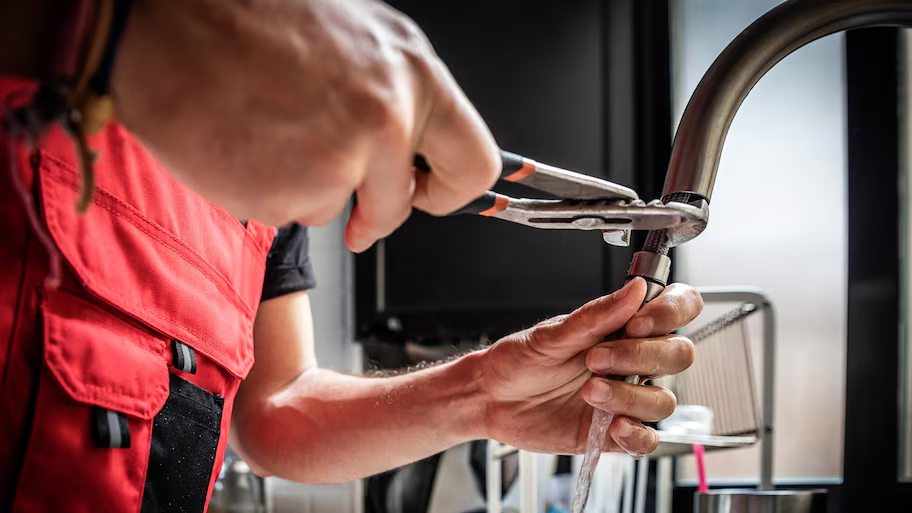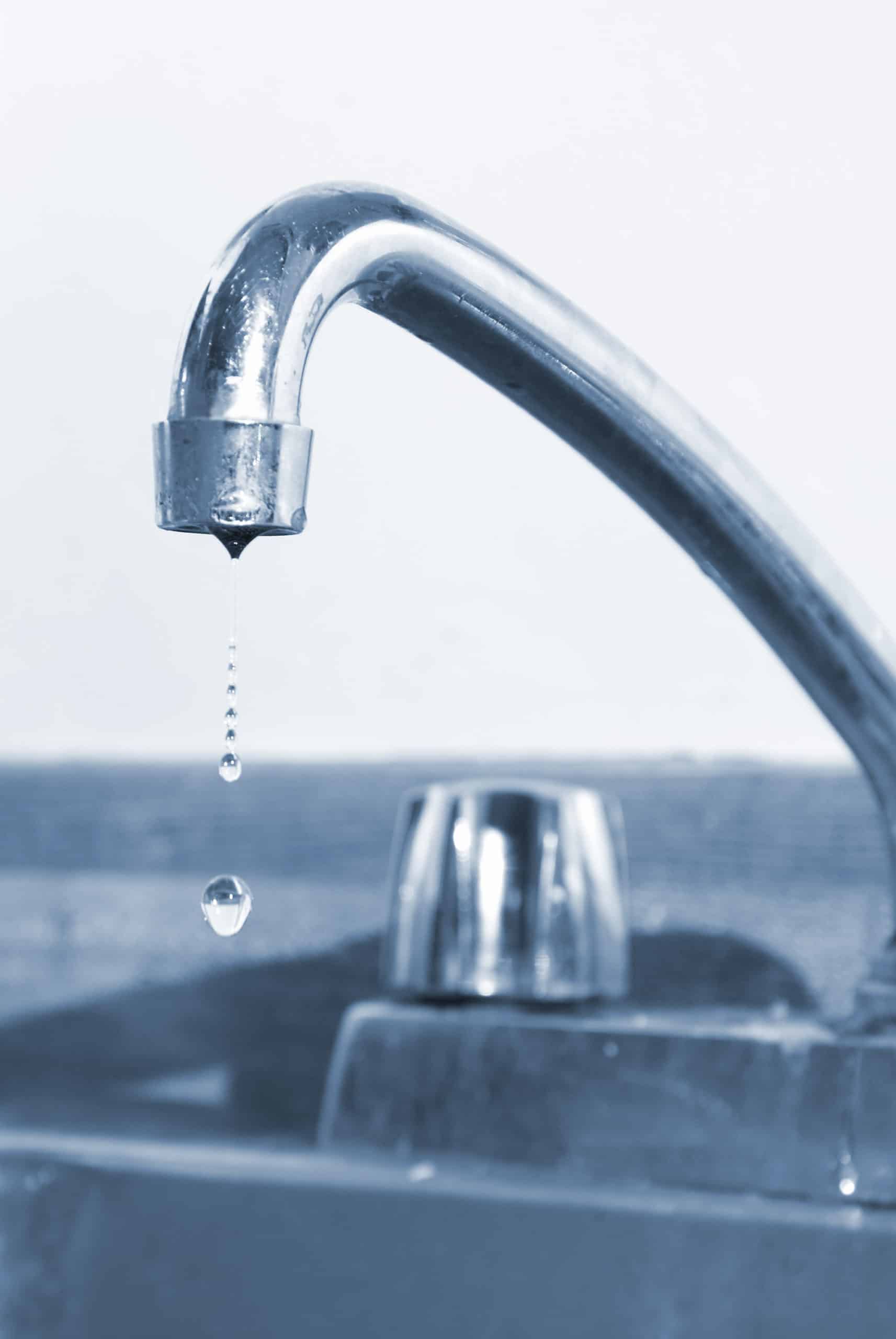How do you feel when it comes to How to Fix a Dripping or Leaky Faucet ?

Leaking taps might appear like a small inconvenience, however their effect goes beyond simply the aggravation of the sound. From wasting water to incurring unnecessary monetary expenses and wellness risks, neglecting a dripping tap can result in numerous repercussions. In this write-up, we'll explore why it's crucial to address this usual household problem promptly and successfully.
Wastefulness of Water
Environmental Impact
Leaking taps add dramatically to water wastage. According to the Environmental Protection Agency (EPA), a single faucet dripping at one drip per second can throw away greater than 3,000 gallons of water each year. This not just pressures water sources however likewise affects communities and wildlife dependent on them.
Step-by-Step Overview to Repairing a Dripping Faucet
Devices Needed
Before trying to take care of a leaking faucet, collect the required devices, consisting of an adjustable wrench, screwdrivers, substitute parts (such as washing machines or cartridges), and plumber's tape.
Common Tap Issues and Their Solutions
Identify the kind of faucet and the certain issue triggering the drip. Usual problems consist of damaged washers, rusty shutoff seats, or faulty O-rings. Refer to maker directions or on-line tutorials for step-by-step assistance on repair services.
Financial Prices
Increased Water Bills
Beyond the environmental effect, leaking taps can blow up water costs considerably. The built up wastage in time translates into higher energy expenditures, which can have been prevented with timely repair work.
Potential Residential Property Damage
Furthermore, prolonged leaking can result in damage to components and surfaces surrounding the tap. Water build-up can cause discoloration, rust, and even architectural issues if left neglected, leading to additional fixing expenses.
Wellness Worries
Mold and Mildew Development
The constant existence of moisture from a leaking tap develops a suitable setting for mold and mildew development. These fungis not just compromise indoor air high quality however additionally pose health dangers, especially for people with breathing conditions or allergies.
Waterborne Illness
Stationary water in leaking faucets can end up being a breeding ground for bacteria and other pathogens, raising the threat of waterborne illness. Pollutants such as Legionella microorganisms grow in stationary water, potentially leading to significant health problems when ingested or breathed in.
DIY vs. Professional Fixing
Benefits and drawbacks of DIY Fixing
While some may attempt to fix a leaking tap themselves, DIY fixings come with their very own collection of difficulties. Without correct knowledge and tools, do it yourself efforts can aggravate the issue or cause insufficient repairs, extending the issue.
Advantages of Working With a Specialist Plumber
Hiring a professional plumber guarantees that the underlying root cause of the leaking tap is addressed efficiently. Plumbings possess the experience and tools to identify and repair faucet problems successfully, conserving time and decreasing the threat of additional damage.
Environmental Duty
Private Contribution to Preservation
Taking obligation for dealing with trickling taps aligns with more comprehensive efforts towards water conservation and ecological sustainability. Every individual's activities collectively make a considerable influence on protecting priceless resources.
Sustainable Living Practices
By focusing on punctual repair work and embracing water-saving behaviors, individuals contribute to lasting living techniques that profit both present and future generations.
Preventive Measures
Routine Upkeep Tips
To stop trickling faucets, do regular upkeep such as cleansing aerators, evaluating for leakages, and changing damaged components immediately. Furthermore, think about setting up water-saving gadgets or upgrading to more reliable components.
Significance of Prompt Repair Works
Addressing trickling taps as soon as they're noticed protects against additional water wastage and possible damage, inevitably saving both water and cash in the long run.
Influence On Property Worth
Perception of Well-Maintained Residential Property
Maintaining a residential or commercial property in good condition, consisting of addressing maintenance problems like trickling faucets, enhances its viewed worth and charm amongst possible buyers or tenants.
Influence on Resale Value
Features with well-maintained plumbing fixtures, including taps, command greater resale worths in the property market. Attending to leaking faucets can contribute to a positive impression throughout property examinations and arrangements.
Final thought
Dealing with a dripping tap surpasses simple comfort; it's a crucial step towards preserving water, minimizing monetary prices, and securing health and wellness and residential property. Whether through do it yourself repair work or specialist support, doing something about it to repair trickling taps is a small yet impactful method to advertise responsible stewardship of resources and add to a much healthier, extra sustainable future.
How to Fix a Leaky Faucet: Step-by-Step Repair Guide
A leaky faucet may seem like a simple annoyance, but if it's not fixed promptly, that leak could cost hundreds to potentially thousands. From water damage to mold, mildew, and high water bills, even a tiny leak can be catastrophic if left unattended. Damage like this can even affect the overall value of your home, so it's important to take the right approach for leaky faucet repair. You may need the help of a plumber in some cases, but we've got a few tips you can try on how to fix a leaky faucet before calling the pros.
Four Faucet Types
When you're learning how to fix a leaky faucet, the first step is knowing what kind of faucet you're working with! There are four common types.
Cartridge Faucets
Cartridge faucets come in one- or two-handled varieties. In one-handled cartridge faucets, hot and cold water combines in a single cartridge. In the two-handled versions, hot and cold water are controlled separately and mixed in the faucet.
Ball Faucets
Ball faucets have a single lever you push up and down to adjust the pressure and rotate to change the temperature. A slotted metal ball controls the amount of water allowed into the spout.
Compression Washer Faucets
They're the oldest type of faucet, but they're still used in many homes — especially older ones. Compression faucets have two separate handles that, when turned, raise or lower the washer that seals a water valve. This valve stops water from flowing through the faucet when it is turned off.
Disc Faucets
Disc faucets rarely need to be repaired due to their maintenance-free design. The water flow is controlled by two discs — the upper one raises and lowers against a fixed lower disc, creating a watertight seal. If your disc faucet starts leaking, you may need to replace the seals or clean residue buildup from the inlets.
Fixing a Leaky Faucet
Step 1: Turn Off the Water
Whether you're learning how to fix a leaky bathtub faucet or how to fix a leaky kitchen faucet, always turn off the water supply to your working area when you're fixing a leak. The last thing you want is a flood added to your list of things to fix.
Look for the shutoff valves below your sink or around the tub and turn them clockwise to stop the water flow. If your faucet doesn't have shutoff valves, you may need to turn off the water for the whole house. Check to make sure it's off by turning the faucet on. If nothing comes out, you're ready to start the repair.
Step 2: Take Apart the Faucet
How you disassemble your faucet depends on the type of fixture you have. You can use a flathead screwdriver to remove the caps on top of the handle or handles for cartridge and compression faucets. Inside, you should see handle screws. Unscrew these with a screwdriver to remove the handle.
Disc- and ball-style faucets will typically have an inlet screw near the handle, and removing that will reveal the interior of the faucet.
Detach the Valve Stem
For cartridge- and compression-style faucets, you'll see the inner valve stem or cartridge once you remove the faucet handles. If you have a compression faucet, unscrew the brass valve stem. If you have a cartridge faucet, pull out the cartridge. If your cartridge has been in place for a while, it may require some tools or extra force to remove it due to mineral deposits.
Examine and Replace Parts
Once you've removed the parts, check them out to confirm what needs to be replaced. You may see corroded rubber washers, O-rings, stems, or cartridges. On a ball-style faucet, check the seats and springs for damage.
If you need to repair a leaky disc faucet, check the inlet and seals on the lower disc.
Once you determine what parts must be replaced, visit your local hardware store. Bring the damaged parts with you to ensure you can purchase the correct components to replace them.
Clean Valves and Faucet Cavity
If you've removed a stem or cartridge, you may notice mineral buildup in the faucet's threads. Use white vinegar to clean the valve seat by soaking it for a few minutes, then scrub it away with a soft toothbrush and rinse with warm water. You can also clean the interior of the faucet in the same way.
Reassemble the Faucet
Once your faucet is cleaned and the required parts have been replaced, it's time to reassemble it. Put the pieces back together and slowly turn the water supply back on. Doing this slowly is crucial because too much initial water pressure can damage the new hardware you've just installed.
https://homewarranty.firstam.com/blog/how-to-fix-leaky-faucet

I'm just very excited about Why Is It Important To Fix Your Leaking Tap/Faucet? and I really hope you enjoyed reading the entire blog entry. Are you aware of somebody who is interested by the niche? Please feel free to promote it. I praise you for your time. Don't hesitate to check up our site back soon.